
Developer: NatsumeAtari, Tengo Project
Publisher: ININ Games
Platform: Switch, PC, PS4, PS5, Xbox One, Xbox Series X|S
Tested on: Switch
Shadow of the Ninja Reborn – Review
We were going to start our review of Shadow of the Ninja Reborn with a history lesson about the franchise, but it turns out there isn’t a whole lot of history to it. All you need to know about the game is that it is a modernized remake of a classic NES title from 1990. The original intent was to continue the Shadow of the Ninja series with a Game Boy title, but that one was turned into Ninja Gaiden Shadow instead. As such, Shadow of the Ninja was a dead IP for almost 25 years, until ININ Games decided to bring it back. We never played the original, so we can’t outright compare Reborn with that, but since the core gameplay supposedly remains the same, we can at least tell you how it holds up today. Let’s dive in.
Story
You’ll need to dig through Reborn’s digital manual to find out what is going on here: The game doesn’t bother with introductions or cutscenes and simply drops you right into the action. The manual explains that it is the year 2029, and America has fallen under the rule of the tyrannical emperor Garuda. In order to make the land of the free, well, free again, ninjas Kaede and Hayate are dispatched to infiltrate the emperor’s fortress. Their goal? Bring down the evil dictator once and for all. In true ninja fashion, their plan of action does not require stealth. Instead, our ninja heroes go in wearing flashy colors, katanas blazing. That last bit actually isn’t part of Reborn‘s story: we’re just pointing out how little sense the paper-thin plot makes. That’s okay though, as Reborn is all about the gameplay.
Graphics
While the original Shadow of the Ninja game used 8-bit graphics, Reborn kicks things up a few notches, with 32-bit pixel art. The result is something that retains the retro aesthetic, while looking suitable for modern screens, without the need for a faux CRT filter or other effects. Environments are filled with lavish detail, despite the grimdark setting, and character designs and animations look fantastic as well. Reborn’s performance is buttery smooth too, with no lag or stuttering, resulting in a game that is a visual joy.
Sound
The original composer for Shadow of the Ninja, Iku Mizutani, was brought back to update the OST. His efforts resulted in a soundtrack that sounds nostalgic yet modern at the same time. It complements the on-screen action perfectly. There is of course no voice acting here, but the sound effects are a cut above average, resulting in a game that doesn’t just look good but sounds the part as well.
Gameplay
We mentioned earlier that the story could only be found in the game’s digital manual, and the same applies to any kind of explanation about the controls and mechanics. Fortunately, Reborn isn’t the most complex or complicated game in the first place, and most players should be able to grasp the basics through simple trial and error. What you’re getting here is a fairly standard side-scrolling platformer. You take control of either Kaede or Hayate (or both, if you can find a co-op buddy) and try to make it through six stages filled with hidden secrets, environmental obstacles, and of course tons of enemies, including bosses. To deal with these, you’re armed with katana and kusarigama. From what we understand, in the original game, these weapons were tied to the individual ninja characters, but in Reborn, each character is able to use both. Additional ninja gear can be found throughout the game as well, meaning there are plenty of tools in your arsenal, including literal guns. You’ll need all the equipment you can get though, as Reborn can be quite challenging at times.
Gradually, Reborn’s difficulty ramps up and it won’t be long before you find yourself poring over the manual anyway, as some of the trickier moves, like the so-called Ninja Glide, become essential to make it through the levels. In this regard, Reborn nails the design philosophy of 90s video games, where “knowing” these special moves separated the pro gamers from casuals. It’s unapologetically old school, and while this approach will appeal to a specific niche, it also can feel alienating to anyone who wasn’t around when this was the norm rather than a retro throwback. Add to this that the controls aren’t as fluid as they should be and you’ve got a title that brings us not just the best aspects of 90s gaming, but some of its worst as well. Jumping feels stiff, and certain moves require button combinations that either don’t feel natural or intuitive or that will simply put a strain on your hands. The way you use items is another good example of something that could’ve been handled much better: in order to select your item of choice, you’ll need to hold down a button and select the item. Sounds fine, right? Well, the game doesn’t pause while you do so. Manually selecting an item in real-time, while things are still going on, is something that should have stayed in the 90s, because it adds a needless layer of frustration to the game’s already intense combat.
It all adds up to a game that is simple in concept but that becomes very challenging in its execution. We’re on the fence about whether or not this was the right approach. Sticking to the original game’s design philosophies, Reborn expects you to overcome what it throws at you through trial and error. You memorize enemy attack patterns and locations and attempt to master your ninja skills. Eventually, you might make it to a boss battle, where you’ll get gloriously defeated and then you have to try and do it all over again. If that sounds like your kind of game, then you’ll absolutely adore Reborn. You’ll be happy to know that changing difficulties also changes the behavior of enemies instead of just adding more of them or making them tougher. As a result, you’ll have to figure out new tactics when revisiting stages at higher difficulties. This expands the game’s longevity, justifying the RRP of €19.99. However, if this style of retro gaming isn’t your cup of tea, then Reborn isn’t going to be the title that’s going to convince you otherwise, even if it’s supposedly a modernized remake.
Conclusion
It’s clear that Shadow of the Ninja Reborn is one of those games that knows its target audience: gamers who grew up in the ‘90s and are trying to relive what gaming was like in that era. If you happen to be in that audience, chances are you will love what’s on offer here. Anyone not part of this particular niche might find that the game’s design philosophies are very different from today’s standards. Shadow of the Ninja Reborn absolutely nails what it wants to be, and we can only applaud it for that. Whether or not it deserves to be in your library depends on one question: are you a ‘90s kid?

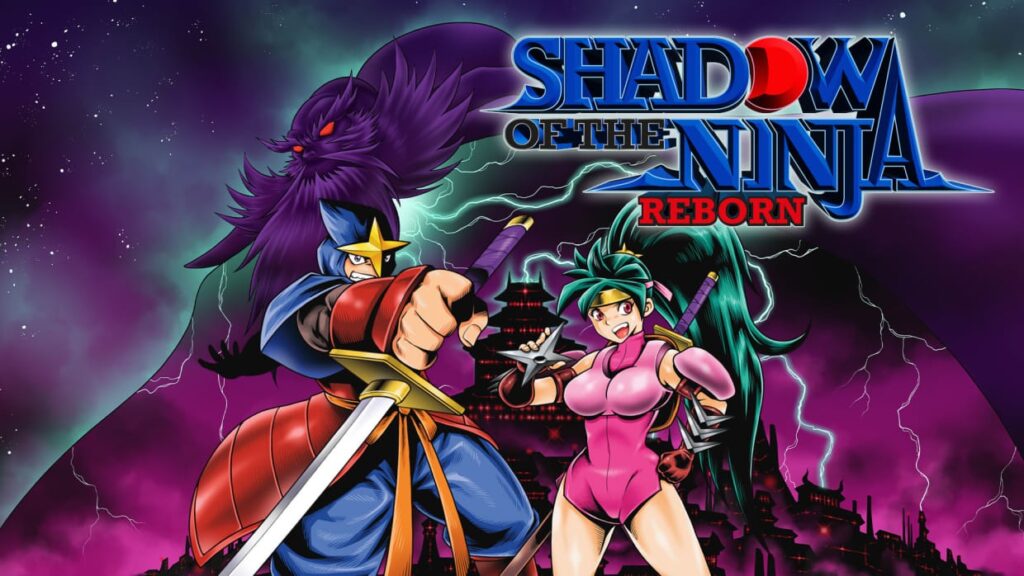
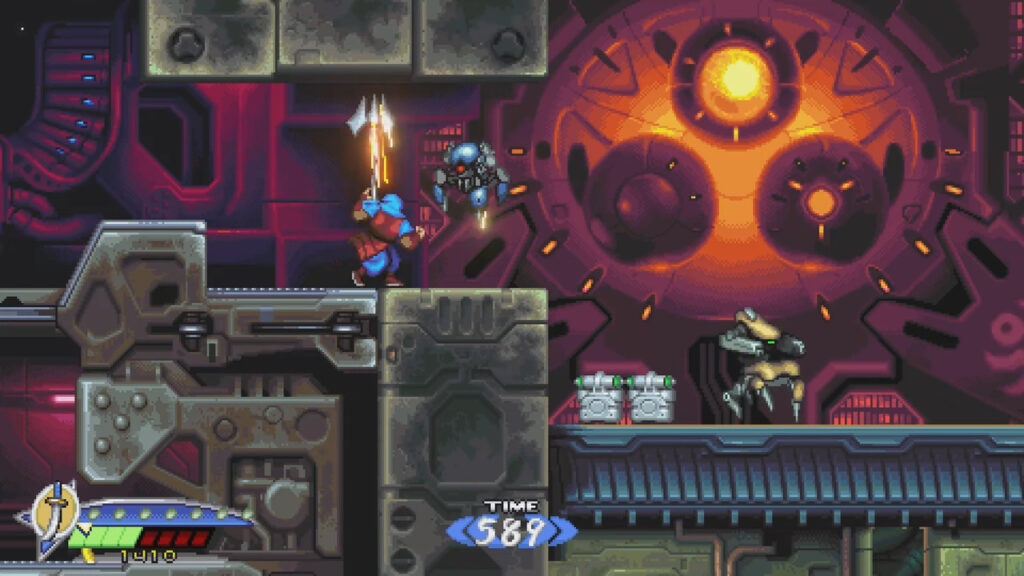
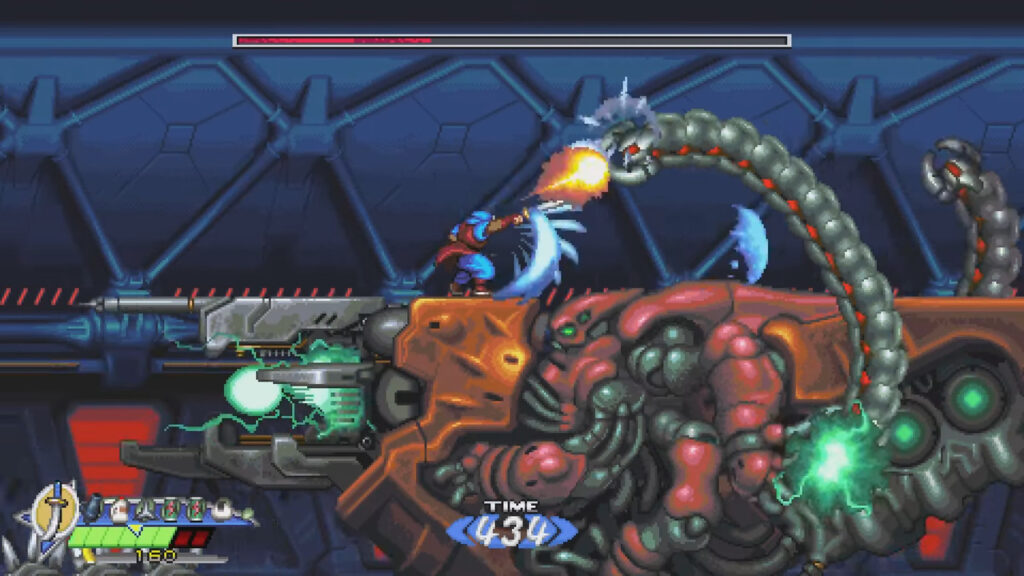
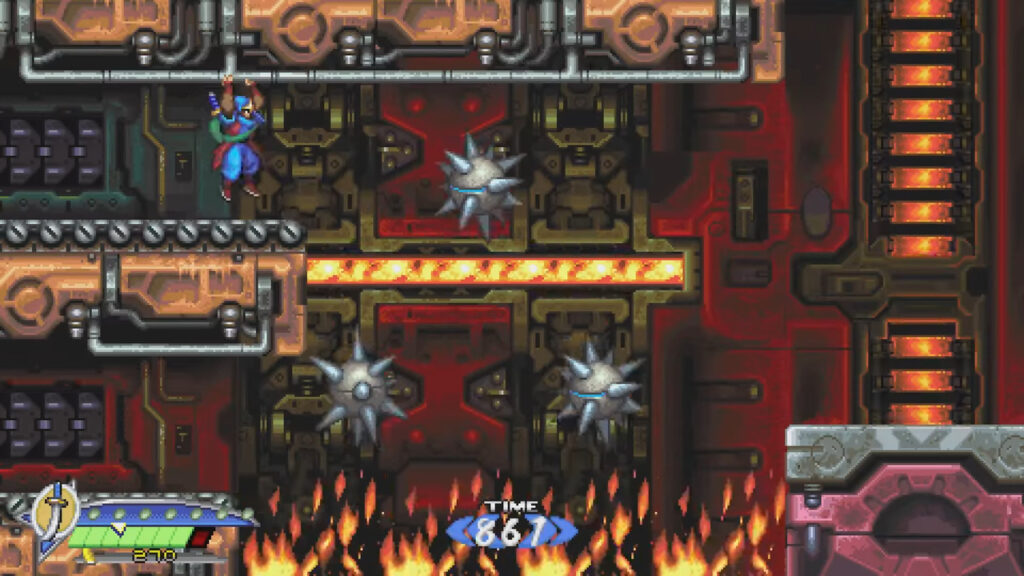

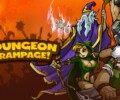


No Comments